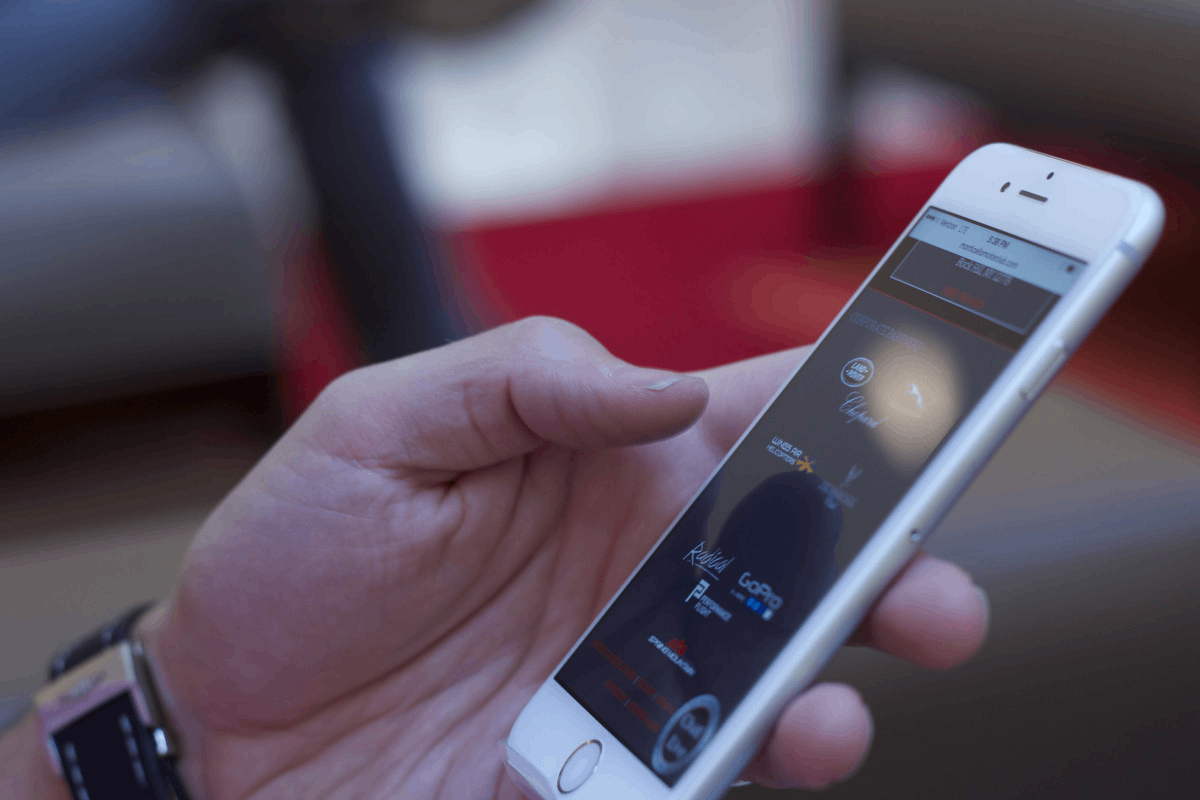Introduction: Massage, often perceived as a luxurious indulgence, transcends its ornamental facade to emerge as a profound amalgamation of art and science. In this article, we delve into the world of massage, exploring its therapeutic dimensions that extend beyond relaxation. From its historical roots to the modern science supporting its benefits, we unravel the layers of massage as a holistic journey to health and well-being.
Body:
- Historical Roots and Cultural Significance: The practice of massage has deep historical roots, with evidence of its existence in ancient civilizations across the globe. From Ayurvedic practices in India to Chinese medicine, and the ancient Greeks’ acknowledgment of the healing power of touch, various cultures have recognized the importance of massage in promoting wellness. The cross-cultural prevalence of massage highlights its enduring significance in human history.
- Diverse Techniques and Modalities: Massage is not a one-size-fits-all practice; it is a vast tapestry of techniques and modalities. Swedish massage, known for its long, flowing strokes, promotes relaxation and improved circulation. Shiatsu, rooted in Japanese tradition, involves applying pressure to specific points along energy pathways. Sports massage caters to the needs of athletes, addressing muscle soreness and enhancing recovery. The diversity of massage techniques allows for customization, ensuring that individuals receive treatments tailored to their unique needs and preferences.
- Scientific Validation of Physical Benefits: Beyond the realm of anecdotal experiences, scientific research supports the physical benefits of 오산출장마사지. The manipulation of soft tissues during a massage session has been shown to reduce muscle tension, increase blood flow, and improve flexibility. Studies indicate that massage therapy can alleviate symptoms of various conditions, including chronic pain, arthritis, and even migraines. The integration of massage into healthcare practices reflects a recognition of its tangible, physical benefits.
- Mental and Emotional Wellness: The impact of massage extends beyond the physical realm to encompass mental and emotional well-being. The release of endorphins during a massage induces a sense of relaxation and euphoria, reducing stress and anxiety. The calming effect of massage on the nervous system can contribute to improved sleep quality, offering respite to those grappling with sleep disorders. Additionally, the therapeutic touch of massage fosters emotional connection, providing a safe space for individuals to release emotional tension and find solace.
- Holistic Healing and Self-Care: In the current era, where holistic approaches to health are gaining prominence, massage stands as a cornerstone of self-care. Recognizing that well-being is a harmonious balance of physical, mental, and emotional elements, individuals increasingly turn to massage as an integral part of their wellness routine. Regular massage sessions are viewed not only as a means of relaxation but also as a proactive measure to prevent and address various health issues.
Conclusion: The art and science of massage converge in a harmonious symphony, offering a holistic journey to health and relaxation. From its historical roots to the diverse techniques and the scientific validation of its benefits, massage has evolved into a comprehensive wellness practice. As individuals seek a balance between the demands of modern life and the pursuit of well-being, the healing touch of massage emerges as a timeless ally—a therapeutic voyage that transcends the boundaries of luxury, weaving a narrative of holistic health for those willing to embark on its transformative journey.






